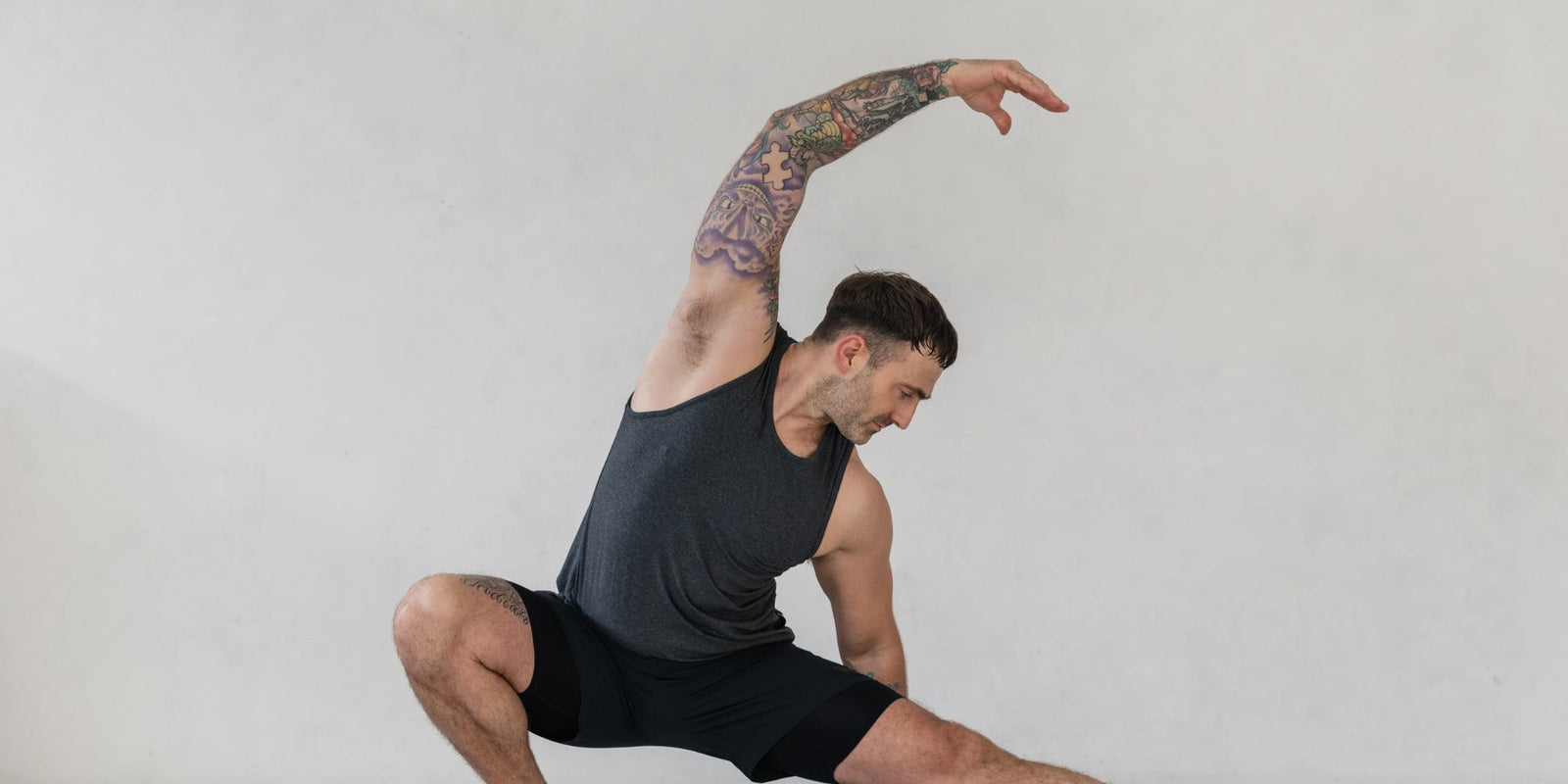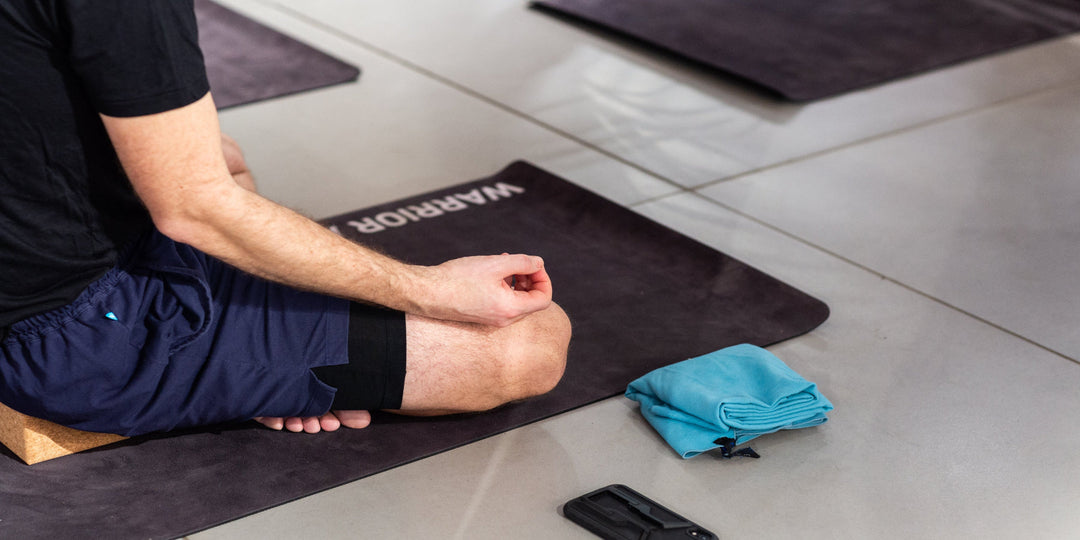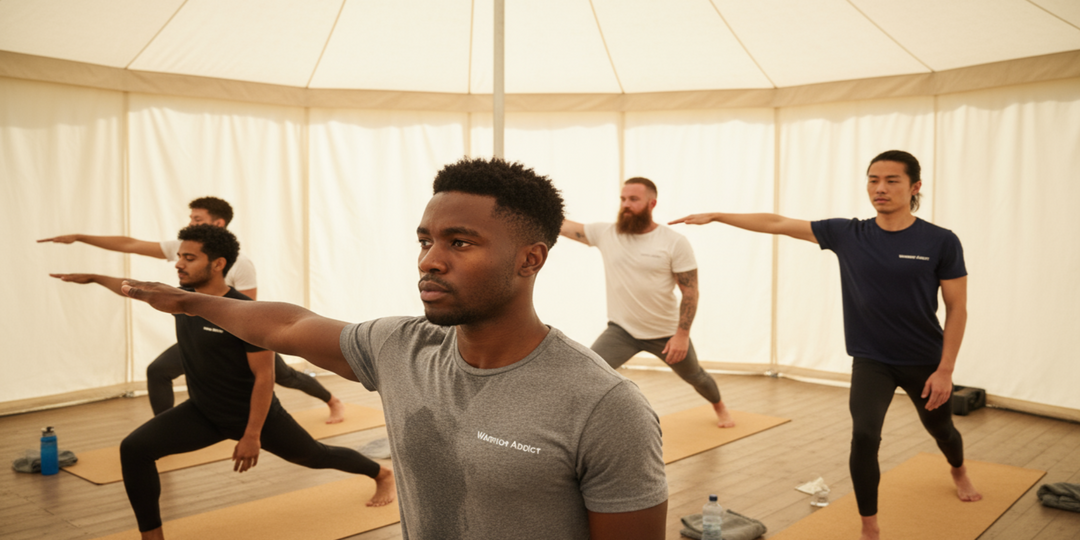10 Essential Yoga Poses for Beginners: Your Complete Guide to Starting Yoga

10 Essential Yoga Poses for Beginners: Your Complete Guide to Starting Yoga
Starting a yoga practice can feel overwhelming with hundreds of poses to learn. The good news? You only need to master a handful of fundamental poses to build a strong foundation. These 10 essential yoga poses will give you everything you need to begin your yoga journey with confidence and safety.
Each pose in this guide includes detailed instructions, benefits, and modifications to help you practice safely regardless of your current flexibility or strength level. Remember, yoga is a practice – focus on progress, not perfection.
1. Mountain Pose (Tadasana)
Mountain Pose is the foundation of all standing poses and teaches proper alignment and awareness.
How to do it:
- Stand with feet hip-width apart, toes pointing forward
- Distribute weight evenly across both feet
- Engage leg muscles and lengthen through the crown of your head
- Relax shoulders away from ears
- Breathe deeply and hold for 30 seconds to 1 minute
Benefits: Improves posture, builds awareness, strengthens legs and core
Beginner tip: Practice against a wall to understand proper alignment
2. Downward Facing Dog (Adho Mukha Svanasana)
Perhaps the most recognizable yoga pose, Downward Dog is a mild inversion that stretches and strengthens the entire body.
How to do it:
- Start on hands and knees in tabletop position
- Tuck toes under and lift hips up and back
- Straighten legs as much as comfortable
- Press hands firmly into mat, fingers spread wide
- Create an inverted V-shape with your body
- Hold for 30 seconds to 1 minute
Benefits: Stretches hamstrings and calves, strengthens arms and shoulders, energizes the body
Modification: Keep knees slightly bent if hamstrings are tight
3. Child's Pose (Balasana)
Child's Pose is a resting position that provides a gentle stretch while calming the mind.
How to do it:
- Kneel on the floor with big toes touching
- Separate knees about hip-width apart
- Sit back on your heels
- Fold forward, extending arms in front of you
- Rest forehead on the mat
- Hold for 30 seconds to several minutes
Benefits: Relieves stress and anxiety, gently stretches hips and thighs, calms the nervous system
Modification: Place a pillow under your torso for extra support
4. Warrior I (Virabhadrasana I)
Warrior I is a powerful standing pose that builds strength and confidence while improving balance.
How to do it:
- From Mountain Pose, step left foot back 3-4 feet
- Turn left foot out 45 degrees
- Bend right knee over ankle, thigh parallel to floor
- Square hips toward front of mat
- Raise arms overhead
- Hold for 30 seconds, repeat on other side
Benefits: Strengthens legs and core, opens hips and chest, improves balance and focus
Modification: Place hands on hips instead of overhead if shoulders are tight
5. Warrior II (Virabhadrasana II)
Warrior II builds endurance and strength while teaching proper alignment in standing poses.
How to do it:
- From Warrior I, open hips and torso to the side
- Extend arms parallel to floor
- Keep front knee bent over ankle
- Straighten back leg
- Gaze over front fingertips
- Hold for 30 seconds to 1 minute, repeat on other side
Benefits: Builds stamina and strength, opens hips and chest, improves concentration
Beginner tip: Use a wall behind your back leg for support
6. Triangle Pose (Trikonasana)
Triangle Pose provides a deep side stretch while strengthening the legs and improving balance.
How to do it:
- Stand with feet 3-4 feet apart
- Turn right foot out 90 degrees, left foot in 15 degrees
- Extend arms parallel to floor
- Hinge at hip, reach right hand toward floor
- Place hand on shin, ankle, or block
- Extend left arm toward ceiling
- Hold for 30 seconds, repeat on other side
Benefits: Stretches sides of torso, strengthens legs, improves balance
Modification: Use a yoga block under your bottom hand for support
7. Tree Pose (Vrikshasana)
Tree Pose challenges your balance while building focus and concentration.
How to do it:
- Stand in Mountain Pose
- Shift weight to left foot
- Bend right knee and place right foot on inner left thigh
- Avoid placing foot on side of knee
- Press foot into leg and leg into foot
- Bring hands to heart center or overhead
- Hold for 30 seconds, repeat on other side
Benefits: Improves balance and focus, strengthens standing leg, opens hips
Modification: Place foot on calf or keep toe on ground for balance
8. Seated Forward Fold (Paschimottanasana)
This calming seated pose provides a deep stretch for the back body while promoting introspection.
How to do it:
- Sit with legs extended straight in front
- Sit tall, lengthening through spine
- Hinge forward from hips, not waist
- Reach for feet, ankles, or shins
- Keep spine long, avoid rounding back
- Hold for 30 seconds to 1 minute
Benefits: Stretches hamstrings and spine, calms the mind, aids digestion
Modification: Sit on a blanket or bolster to elevate hips
9. Bridge Pose (Setu Bandhasana)
Bridge Pose is an accessible backbend that strengthens the back body and opens the heart.
How to do it:
- Lie on back with knees bent, feet hip-width apart
- Place arms alongside body, palms down
- Press feet into floor and lift hips
- Keep knees parallel
- Interlace fingers under back (optional)
- Hold for 30 seconds to 1 minute
Benefits: Strengthens glutes and hamstrings, opens chest and hip flexors, energizes the body
Modification: Place a block between thighs to engage inner legs
10. Corpse Pose (Savasana)
Often considered the most important pose, Savasana allows your body and mind to integrate the benefits of your practice.
How to do it:
- Lie flat on your back
- Let feet fall open naturally
- Place arms alongside body, palms up
- Close eyes and relax completely
- Focus on natural breath
- Stay for 5-10 minutes
Benefits: Reduces stress and anxiety, lowers blood pressure, promotes deep relaxation
Modification: Place a bolster under knees or cover with a blanket for comfort
Building Your Practice
Creating a Sequence
These 10 poses can be practiced in the order presented for a complete beginner sequence:
- Mountain Pose (centering)
- Downward Facing Dog (warm-up)
- Warrior I and II (standing poses)
- Triangle Pose (side stretch)
- Tree Pose (balance)
- Seated Forward Fold (seated pose)
- Bridge Pose (backbend)
- Child's Pose (rest)
- Corpse Pose (final relaxation)
Practice Tips for Beginners
- Start slowly: Hold poses for shorter periods initially
- Focus on breath: Maintain steady, deep breathing
- Listen to your body: Never force or push through pain
- Use props: Blocks, straps, and bolsters support your practice
- Be consistent: Regular practice is more beneficial than long, infrequent sessions
Common Beginner Mistakes
- Holding breath during poses
- Comparing yourself to others
- Skipping the warm-up or cool-down
- Forcing flexibility
- Practicing on a full stomach
Essential Equipment for Your Practice
To get the most out of these poses, consider investing in quality yoga equipment. A good yoga mat provides the foundation for safe practice, while props like blocks and straps help you achieve proper alignment and deepen your poses safely.
Browse our complete collection of yoga mats to find the perfect foundation for your practice.
Safety Guidelines
When to Avoid or Modify
- Injuries: Modify or skip poses that aggravate existing conditions
- Pregnancy: Avoid deep twists and backbends after first trimester
- High blood pressure: Avoid inversions and intense backbends
- Recent surgery: Consult your doctor before starting yoga
Signs to Stop
- Sharp or shooting pain
- Dizziness or nausea
- Difficulty breathing
- Extreme fatigue
Taking Your Practice Further
Next Steps
Once you're comfortable with these 10 poses:
- Hold poses for longer periods
- Add more challenging variations
- Explore different yoga styles
- Consider taking a beginner class
- Learn additional poses gradually
Building Consistency
- Set a regular practice time
- Start with 15-20 minutes daily
- Create a dedicated practice space
- Track your progress
- Be patient with yourself
Conclusion: Your Yoga Journey Begins
These 10 essential yoga poses provide everything you need to start a safe, effective yoga practice. Remember that yoga is called a 'practice' for a reason – it's about showing up consistently, not achieving perfection.
Each time you step onto your mat, you're investing in your physical health, mental wellbeing, and spiritual growth. Be patient with yourself, celebrate small improvements, and enjoy the journey of discovery that yoga offers.
Start with these fundamentals, practice regularly, and watch as your strength, flexibility, and inner peace grow together. Your yoga journey is unique to you – embrace it with an open heart and curious mind.





Leave a comment